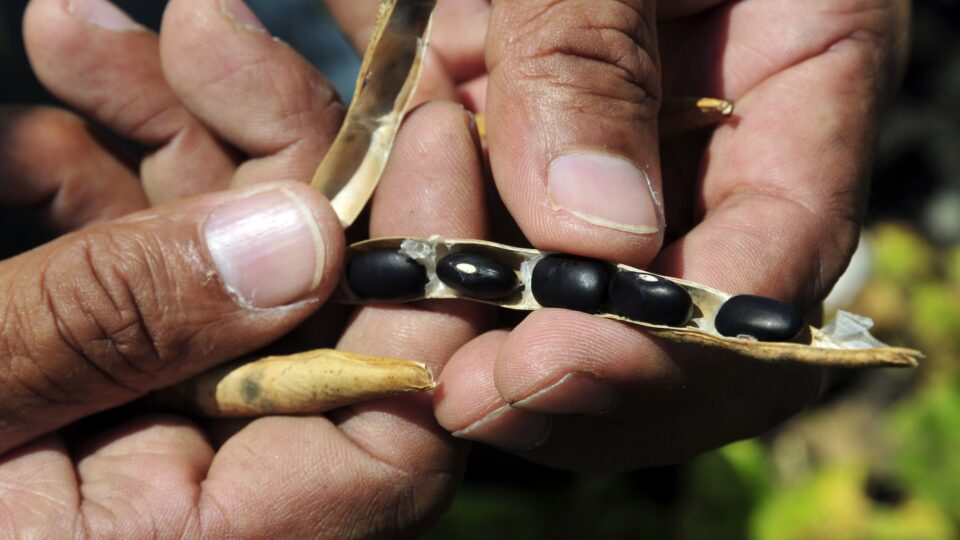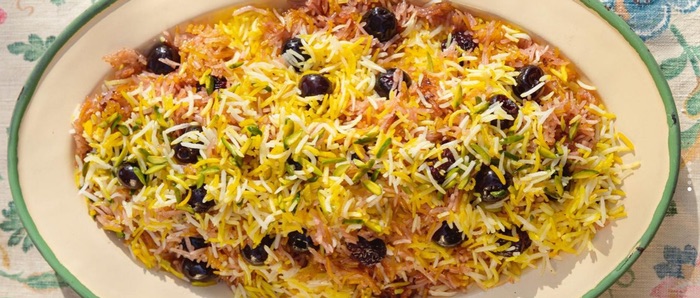
Podcast: Play in new window | Download (Duration: 32:26 — 29.8MB)
Subscribe: Google Podcasts | Spotify | Android | RSS | More
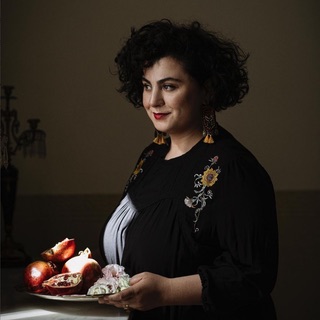 Saghar Setareh left Iran in 2007 at 22 years old. She came to Rome to study graphic design and photography. The way she tells it, when she arrived she “certainly didn’t have a particular passion for food”. Slowly, though, that passion developed, first for Italian food and then by extension for the food of her homeland. Her book, which emerged from her passion, shares stories and recipes from Iran, from Italy, and from all the countries in between, and it is simply gorgeous, showcasing her multiple talents: writer, cook, photographer.
Saghar Setareh left Iran in 2007 at 22 years old. She came to Rome to study graphic design and photography. The way she tells it, when she arrived she “certainly didn’t have a particular passion for food”. Slowly, though, that passion developed, first for Italian food and then by extension for the food of her homeland. Her book, which emerged from her passion, shares stories and recipes from Iran, from Italy, and from all the countries in between, and it is simply gorgeous, showcasing her multiple talents: writer, cook, photographer.
I know I’m going to have to scan the pages, so that I can cook from it without splattering it in the kitchen.
Notes
- Saghar Setareh has a website at labnoon.com where you will find more about her story and the book, including an explanation of labnoon. You can also see her photos on Instagram
- Here is the transcript. If you’ve been waiting, thanks for your patience and apologies for the delay.
- I was happy enough to snap the cover portrait myself, but with a photographer as talented as Saghar, you ask nicely, and you receive. The banner image is of her sour cherry pilaf.

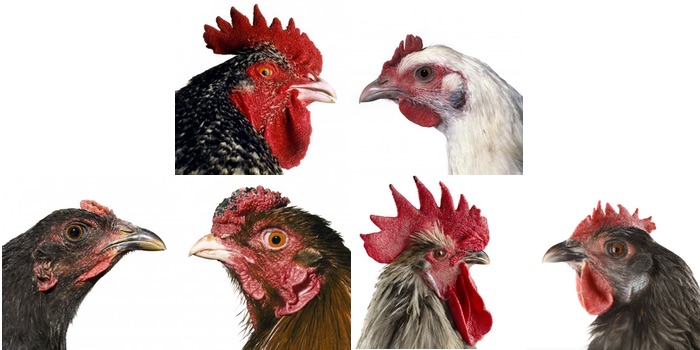
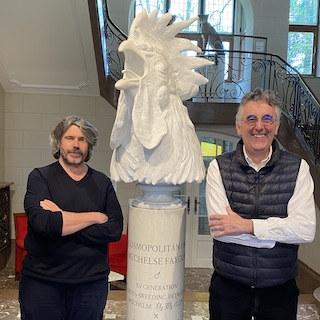
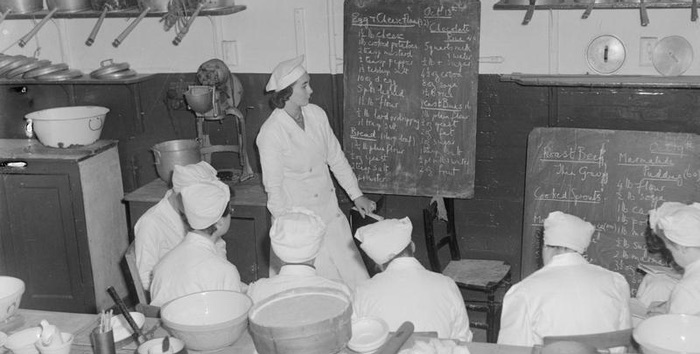
 Coupons and ration books during war was a way for the British government to try and ensure that restricted items were distributed as fairly as possible, and while it wasn’t perfect, it worked pretty well most of the time. At the same time, during both World War One and World War Two, there were concerted efforts to feed people. It started with centrally cooked meals that people took home to eat, but soon blossomed into a far-reaching network of government-run restaurants. A new book — Feeding the People in Wartime Britain — from historian Bryce Evans uncovers the past and offers some ideas for the present.
Coupons and ration books during war was a way for the British government to try and ensure that restricted items were distributed as fairly as possible, and while it wasn’t perfect, it worked pretty well most of the time. At the same time, during both World War One and World War Two, there were concerted efforts to feed people. It started with centrally cooked meals that people took home to eat, but soon blossomed into a far-reaching network of government-run restaurants. A new book — Feeding the People in Wartime Britain — from historian Bryce Evans uncovers the past and offers some ideas for the present.